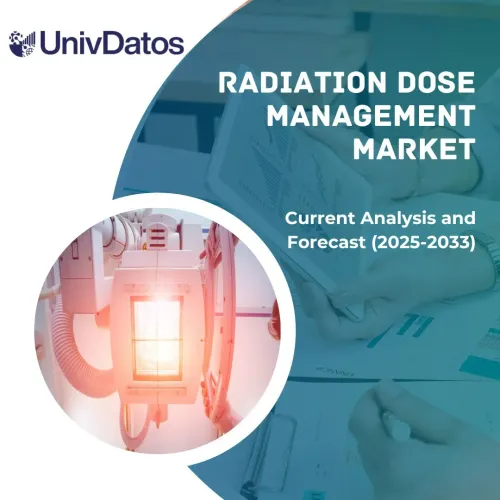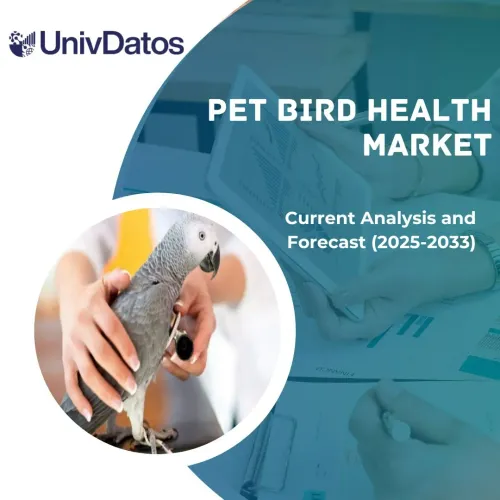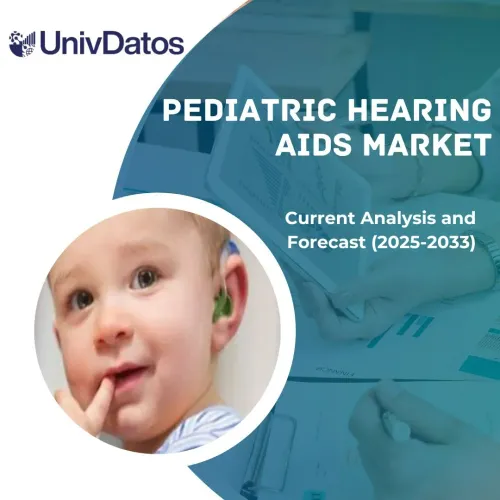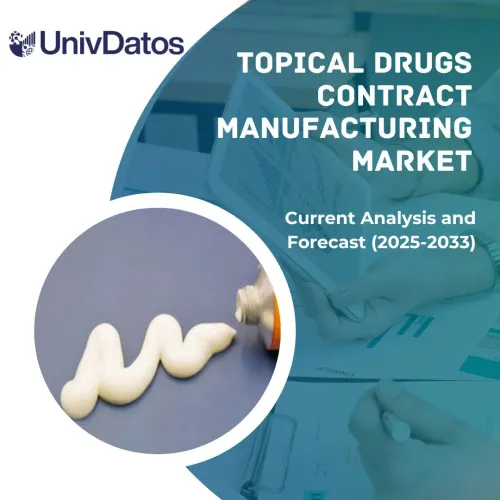- Home
- About Us
- Industry
- Services
- Reading
- Contact Us
Pharmaceutical Management System Market: Current Analysis and Forecast (2022-2028)
Emphasis on Component (Software and Services); Deployment (Cloud and On-Premises); End-User (Hospitals and Retail Pharmacies); and Region/Country.
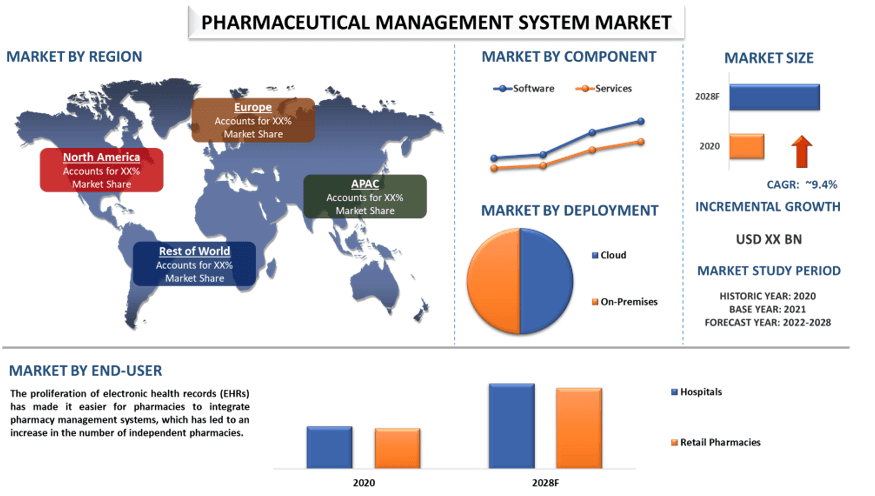
The global pharmaceutical management system market is expected to grow at a significant rate of around 9.4% during the forecast period. The pharmaceutical management system-based platform helps the pharmacist with drug regulation and managing various stakeholders involved in the value chain. PMS allows pharmacists to provide efficient, professional, and personalized care (based on the patient’s requirements) and streamline the workflow by bridging the communication gap, providing legitimate drugs, and reducing the incidences of drug counterfeits. Furthermore, the factors driving the growth of the pharmaceutical management system include the growing healthcare IT industry, the increasing number of E-pharmacies globally, and the increasing number of prescriptions are expected to drive the pharmaceutical management systems market. For instance, in the USA in the year 2021, the number of prescriptions filled was 4.69 billion, and this number is expected to grow significantly in the upcoming years. This will result in an increasing burden on pharmacists, and as an outcome, it will boost the adoption of pharmaceutical management systems.
McKesson Corporation, Cerner Corporation, Becton Dickinson and Co., GE Healthcare Inc., Talyst LLC, Allscripts Healthcare Solution Inc., Epicor Software Corporation, Omnicell Inc., ACG Infotech Ltd, and Clanwilliam Health Ltd. are some of the key players in the market. Several M&As along with partnerships have been undertaken by these players to facilitate customers with hi-tech and innovative products/technologies.
Insights Presented in the Report
“Amongst component, software category to witness robust CAGR during the forecast period”
Based on component, the market is segmented into software and services. Among them, the software category is to witness higher CAGR during the forecast period owing to the increasing patient data, and growth in the SKUs is expected to drive the growth of this segment of the pharmaceutical management system. Moreover, the pharmacy software provides transparency to any business process. It also makes sales and profits more predictable and increases clientele.
“Amongst end-user, the retail pharmacies to hold a significant share in the market in 2020”
On the basis of end-user, the pharmaceutical management system market has been classified into hospitals and retail pharmacies. The retail pharmacies category is to witness higher adoption of pharmaceutical management systems during the forecast period. This is mainly due to the proliferation of electronic health records (EHRs) has made it easier for pharmacies to integrate pharmacy management systems, which has led to an increase in the number of independent pharmacies in the United States over the past few years. For instance, the National Community of Pharmacists Association (NCPA) states that, in the United States, independent community pharmacies account for approximately 34% of all retail pharmacies.
“North America to hold a significant share in the market”
For a better understanding of the market adoption of the pharmaceutical management system industry, the market is analyzed based on its worldwide presence in the countries such as North America (U.S., Canada, Rest of North America), Europe (Germany, U.K., France, Spain, Italy, Rest of Europe), Asia-Pacific (China, Japan, India, Rest of Asia-Pacific), Rest of World. North America is anticipated to grow at a substantial CAGR during the forecast period. This is mainly due to the rising patient pool in the hospitals or digitalization in the healthcare sector attracting the market and the lack of expertise in revenue cycle management, payroll processing, central supply management, and home care services. For instance, as per the American Hospital Association (AHA) Hospital Statistics 2021 report, around 36,241,815 admissions were reported in all the hospitals in the United States in 2020. Hence these key factors will contribute to the growth of the pharmaceutical management system market during the forecast period.
Reasons to buy this report:
- The study includes market sizing and forecasting analysis validated by authenticated key industry experts.
- The report presents a quick review of overall industry performance at one glance.
- The report covers an in-depth analysis of prominent industry peers with a primary focus on key business financials, product portfolio, expansion strategies, and recent developments.
- Detailed examination of drivers, restraints, key trends, and opportunities prevailing in the industry.
- The study comprehensively covers the market across different segments.
- Deep dive regional level analysis of the industry.
Customization Options:
The global pharmaceutical management system market can further be customized as per the requirement or any other market segment. Besides this, UMI understands that you may have your own business needs, hence feel free to connect with us to get a report that completely suits your requirements.
Table of Content
Research Methodology for the Pharmaceutical Management System Market Analysis (2022-2028)
Analyzing the historical market, estimating the current market, and forecasting the future market of the global pharmaceutical management system market were the three major steps undertaken to create and analyze the adoption of pharmaceutical management systems in major regions globally. Exhaustive secondary research was conducted to collect the historical market numbers and estimate the current market size. Secondly, to validate these insights, numerous findings and assumptions were taken into consideration. Moreover, exhaustive primary interviews were also conducted, with industry experts across the value chain of the global pharmaceutical management system market. Post assumption and validation of market numbers through primary interviews, we employed a top-down/bottom-up approach to forecasting the complete market size. Thereafter, market breakdown and data triangulation methods were adopted to estimate and analyze the market size of segments and sub-segments of the industry pertains to. Detailed methodology is explained below:
Analysis of Historical Market Size
Step 1: In-Depth Study of Secondary Sources:
Detail secondary study was conducted to obtain the historical market size of the pharmaceutical management system market through company internal sources such as annual reports & financial statements, performance presentations, press releases, etc., and external sources including journals, news & articles, government publications, competitor publications, sector reports, third-party database, and other credible publications.
Step 2: Market Segmentation:
After obtaining the historical market size of the pharmaceutical management system market, we conducted a detailed secondary analysis to gather historical market insights and share for different segments & sub-segments for major regions. Major segments are included in the report as component, deployment, and end-user. Further country-level analyses were conducted to evaluate the overall adoption of testing models in that region.
Step 3: Factor Analysis:
After acquiring the historical market size of different segments and sub-segments, we conducted a detailed factor analysis to estimate the current market size of the pharmaceutical management system market. Further, we conducted factor analysis using dependent and independent variables such as various component, deployment, and end-users of the pharmaceutical management system. A thorough analysis was conducted for demand and supply-side scenarios considering top partnerships, mergers and acquisitions, business expansion, and product launches in the pharmaceutical management system market sector across the globe.
Current Market Size Estimate & Forecast
Current Market Sizing: Based on actionable insights from the above 3 steps, we arrived at the current market size, key players in the global pharmaceutical management system market, and market shares of the segments. All the required percentage shares split, and market breakdowns were determined using the above-mentioned secondary approach and were verified through primary interviews.
Estimation & Forecasting: For market estimation and forecast, weights were assigned to different factors including drivers & trends, restraints, and opportunities available for the stakeholders. After analyzing these factors, relevant forecasting techniques i.e., the top-down/bottom-up approach were applied to arrive at the market forecast for 2028 for different segments and sub-segments across the major markets globally. The research methodology adopted to estimate the market size encompasses:
- The industry’s market size, in terms of revenue (USD) and the adoption rate of the pharmaceutical management system market across the major markets domestically
- All percentage shares, splits, and breakdowns of market segments and sub-segments
- Key players in the global pharmaceutical management system market in terms of products offered. Also, the growth strategies adopted by these players to compete in the fast-growing market
Market Size and Share Validation
Primary Research: In-depth interviews were conducted with the Key Opinion Leaders (KOLs) including Top Level Executives (CXO/VPs, Sales Head, Marketing Head, Operational Head, Regional Head, Country Head, etc.) across major regions. Primary research findings were then summarized, and statistical analysis was performed to prove the stated hypothesis. Inputs from primary research were consolidated with secondary findings, hence turning information into actionable insights.
Split of Primary Participants in Different Regions

Market Engineering
The data triangulation technique was employed to complete the overall market estimation and to arrive at precise statistical numbers for each segment and sub-segment of the global pharmaceutical management system market. Data was split into several segments & sub-segments post studying various parameters and trends in the areas of component, deployment, and end-user in the global pharmaceutical management system market.
The main objective of the Global Pharmaceutical Management System Market Study
The current & future market trends of the global pharmaceutical management system market were pinpointed in the study. Investors can gain strategic insights to base their discretion for investments on the qualitative and quantitative analysis performed in the study. Current and future market trends determined the overall attractiveness of the market at a regional level, providing a platform for the industrial participant to exploit the untapped market to benefit from a first-mover advantage. Other quantitative goals of the studies include:
- Analyze the current and forecast market size of the pharmaceutical management system market in terms of value (USD). Also, analyze the current and forecast market size of different segments and sub-segments
- Segments in the study include areas of component, deployment, and end-user.
- Define and analysis of the regulatory framework for the pharmaceutical management system
- Analyze the value chain involved with the presence of various intermediaries, along with analyzing customer and competitor behaviors of the industry.
- Analyze the current and forecast market size of the pharmaceutical management system market for the major region.
- Major countries of regions studied in the report include Asia Pacific, Europe, North America, and the Rest of the World.
- Company profiles of the pharmaceutical management system market and the growth strategies adopted by the market players to sustain in the fast-growing market
- Deep dive regional level analysis of the industry
Related Reports
Customers who bought this item also bought

